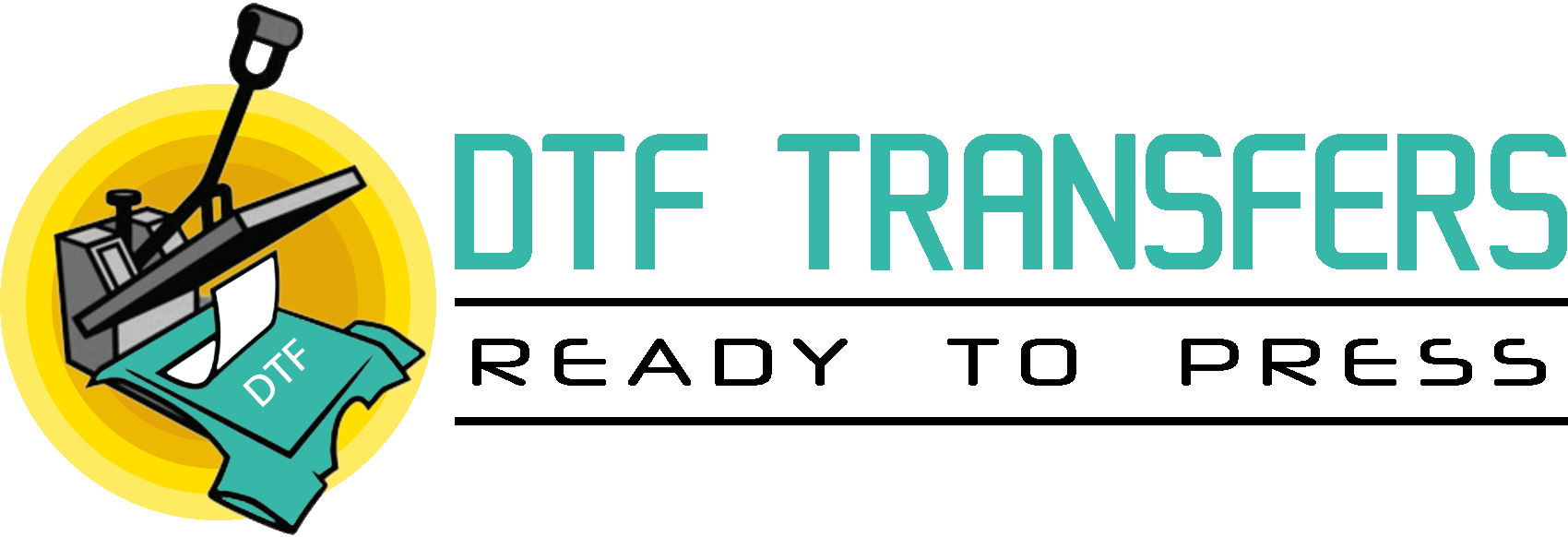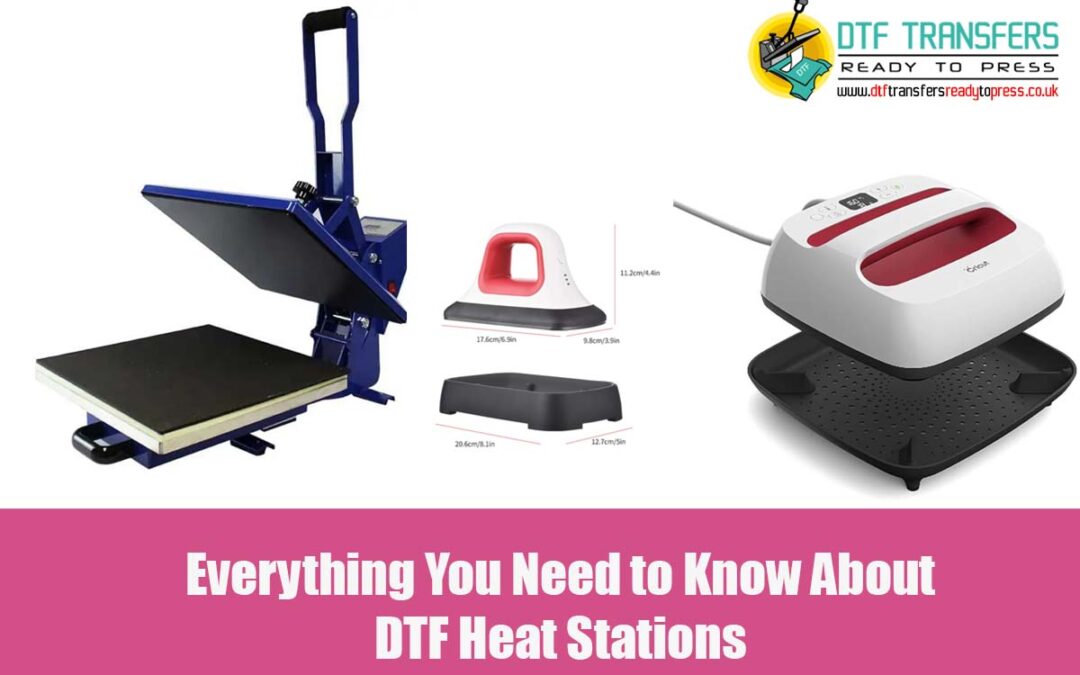In the world of custom apparel printing, Direct-to-Film (DTF) transfers have gained significant popularity due to their versatility, vibrant colors, and durability. A critical component in the DTF transfer process is the DTF heat station, also known as a heat press. In this blog, we’ll explore what a DTF heat station is, how it works, and why it is an essential tool for anyone looking to create high-quality custom apparel.
What is a DTF Heat Station?
A DTF heat station is a machine designed to apply heat and pressure to DTF transfer films, bonding the printed design onto the fabric. It consists of two main components:
- Heat Plate: The upper part of the machine that heats up to the required temperature.
- Base Plate: The lower part where you place the garment and the transfer.
The heat and pressure from the heat station activate the adhesive on the DTF transfer film, ensuring a strong, durable bond between the design and the fabric.
How Does a DTF Heat Station Work?
Using a DTF heat station involves several straightforward steps:
- Prepare Your Materials: Start by selecting the garment you want to customize and your DTF transfer film with the desired design.
- Preheat the Heat Station: Set the heat station to the recommended temperature, usually around 300-325°F (149-163°C), and allow it to preheat.
- Position the Garment and Transfer: Place the garment on the base plate and position the DTF transfer film on top of it. Ensure the design is correctly aligned.
- Apply Heat and Pressure: Close the heat station, applying the recommended pressure. Press for the specified time, typically 10-15 seconds.
- Cool and Peel: Depending on the type of transfer, either allow it to cool completely (cool peel) or peel it while still hot (hot peel).
- Final Press (Optional): For enhanced durability and a professional finish, you can do a final press with a protective sheet for an additional 5-10 seconds.
Benefits of Using a DTF Heat Station
Investing in a DTF heat station offers numerous advantages for your custom apparel business:
- High-Quality Transfers: Ensure vibrant, durable prints that resist fading, cracking, and peeling.
- Versatility: Compatible with various fabrics, including cotton, polyester, and blends, allowing for a wide range of products.
- Efficiency: Quick and easy to use, enabling fast turnaround times for customer orders.
- Cost-Effective: Reduces the need for bulk printing, minimizing waste and allowing for on-demand production.
Choosing the Right DTF Heat Station
When selecting a DTF heat station, consider the following factors:
- Size: Choose a size that matches the scale of your projects. Smaller presses are suitable for t-shirts and smaller items, while larger presses are ideal for bigger garments and bulk orders.
- Temperature and Pressure Control: Look for a heat station with precise temperature and pressure controls to ensure consistent results.
- Durability and Build Quality: Invest in a robust, well-built machine that can withstand frequent use.
- Ease of Use: Opt for a user-friendly model with clear instructions and easy-to-adjust settings.
Conclusion
A DTF heat station is an indispensable tool for creating high-quality custom apparel with DTF transfers. Its ability to apply precise heat and pressure ensures that your designs are vibrant, durable, and professional-looking. By understanding how to use and choose the right heat station, you can significantly enhance your custom apparel business.
Ready to start creating with DTF transfers? Visit our shop page to explore our selection of high-quality, ready-to-press DTF transfers and find the perfect designs for your next project. With the right tools and materials, you can expand your product offerings and meet the diverse needs of your customers with ease.

